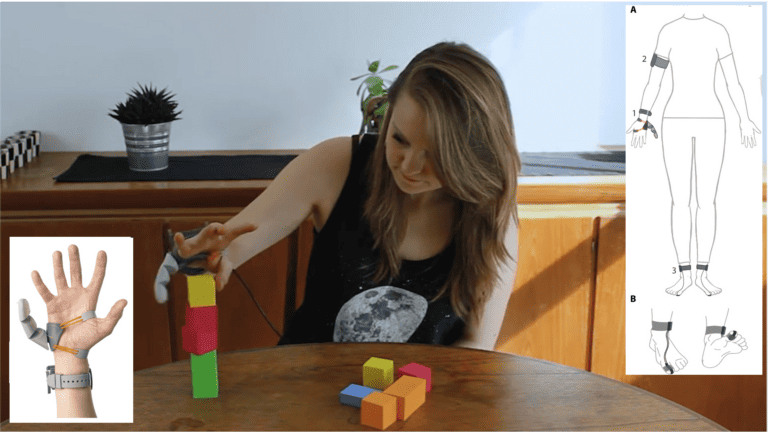The ‘third’ thumb is controlled not by neural signals but by muscular signals, electromyogram (EMG), through flexion and extension of the toes. The authors of the study reported that even when no neural signal was used, the cortical representation of a biological hand changed after training.
In a way, the result is not surprising. Our neural system is highly plastic, so it would adapt to any new skill, be it wiggling the third thumb or playing a new musical instrument. Is the thumb another electronic device or a bionic augmentation device? What happens if the interface is changed from myoelectric to electroencephalographic?
Augmentation neurotechnology raises complex reactions and questions. Many of the participants in the third thumb study seemed to enjoy the experience, but it is unknown how our society would react. Careful research and discussion must continue.
Reference: Kieliba.P. et al. (2021). Robotic hand augmentation drives changes in neural body representation. Sci. Robot.6,eabd7935.


